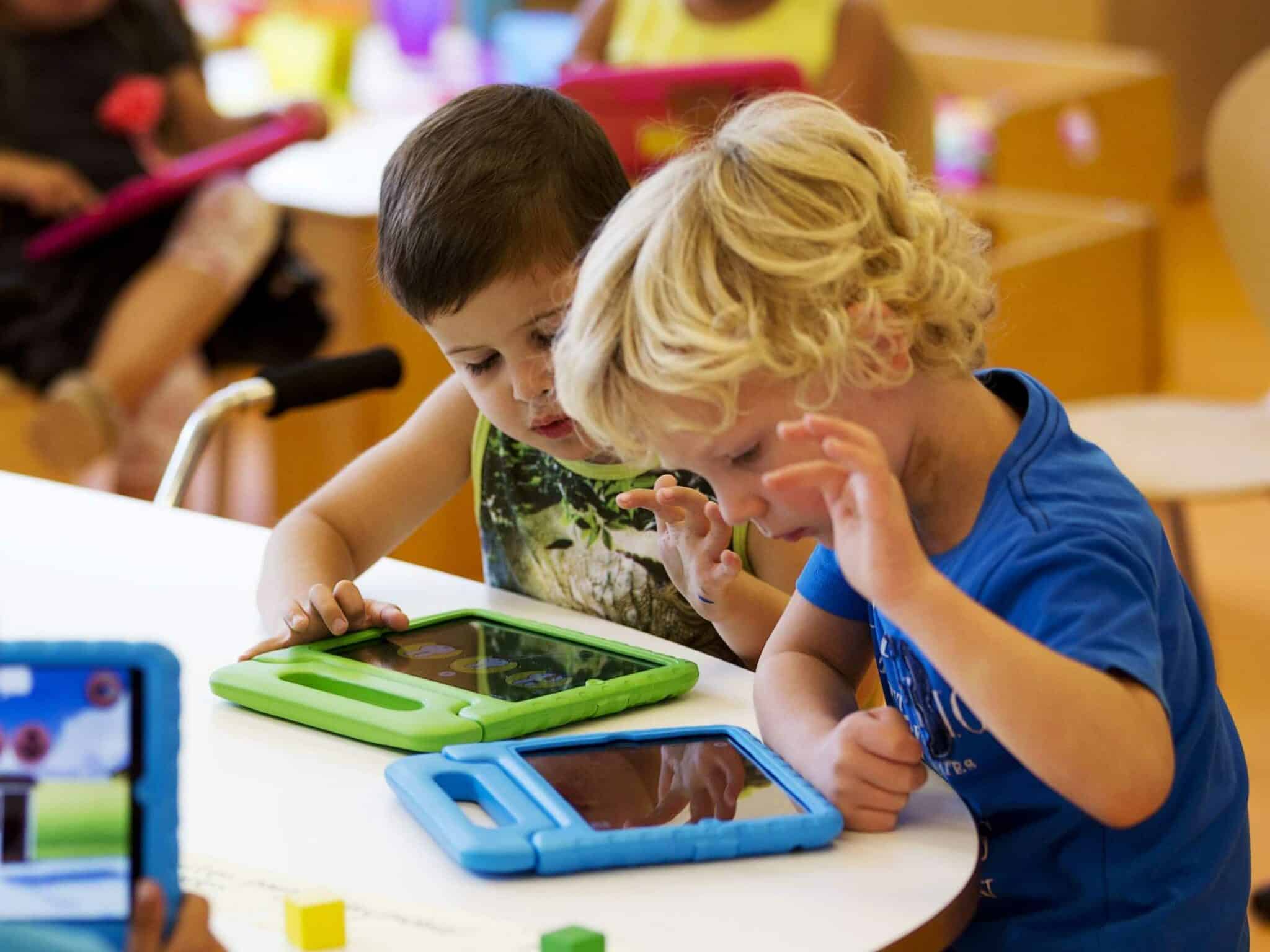In an era marked by rapid technological advancement, the field of education has undergone a significant transformation. The integration of diverse technologies, ranging from computers to wearable devices, has not only reshaped teaching methodologies but also expanded the horizons of learning for children. The following will delve into how various technologies are revolutionizing education, providing insights for parents and educators on leveraging these tools for enhanced learning experiences.
The Evolution of Educational Technology
The journey of technology in education is a testament to innovation and progress. From the bulky desktop computers of the 1980s to today’s sleek tablets and smart wearables, each advancement has opened new avenues for learning. Interactive whiteboards, educational software, and internet connectivity have transitioned classrooms from traditional lecture-based environments to interactive learning spaces.
Key Technologies Revolutionizing Children’s Education
Interactive Apps and Games on Tablets and Smartphones
Educational apps and games have become staples in modern learning, offering interactive and fun ways to grasp complex concepts. Tablets and smartphones, with their user-friendly interfaces, are ideal platforms for these apps, catering to various subjects from math puzzles to language learning adventures.
Virtual and Augmented Reality (VR/AR) on Computers and Headsets
VR and AR technologies bring lessons to life, providing immersive experiences that enhance understanding and retention. Students can explore ancient civilizations, delve into the human body, or traverse the solar system, all from their classroom or home computer.
Learning Management Systems (LMS) on Laptops and Desktops
LMS platforms are crucial in personalizing education. Accessible on laptops and desktops, they offer a structured way for students to access course materials, submit assignments, and receive feedback, facilitating a tailored learning journey.
Wearable Technology for Interactive Learning
Wearables like smartwatches and fitness trackers are emerging as educational tools. They can track physical activity, encourage healthy habits, and even support learning through interactive quizzes and reminders.
Benefits of Technology in Education
The incorporation of technology in education brings a multitude of benefits. It supports interactive and engaging learning experiences that cater to different learning styles. Technology also ensures accessibility, allowing children with different abilities and from various backgrounds to access quality education. Furthermore, it fosters the development of essential 21st-century skills like digital literacy, critical thinking, and problem-solving.
Use Cases for Parents
Parents seeking to enhance their child’s education through technology have numerous options:
- Remote Learning Tools: Essential during disruptions like the pandemic, these tools ensure educational continuity. They include video conferencing software for live classes, digital platforms for submitting assignments, and online resources for self-paced learning. These tools not only maintain the flow of education during unforeseen circumstances but also offer flexibility for students to learn at their own pace.
- Educational Apps: These apps support skill development in areas like languages, math, and science. They range from interactive story-based apps for young learners to advanced problem-solving games for older students. Such apps often use engaging methods like storytelling, gamification, and interactive challenges to make learning more appealing and effective.
- Monitoring Tools: Devices and apps that track educational progress and help parents stay informed. These tools provide analytics on a child’s learning patterns, strengths, and areas needing improvement. They can include features for tracking reading progress, understanding math skill development, or monitoring science concept comprehension. This information enables parents to provide targeted support where needed.
- Parental Control Apps: These apps manage screen time and content, ensuring a safe and balanced tech exposure. They allow parents to set limits on device usage, block inappropriate content, and schedule downtime to ensure that children have a healthy balance between screen time and other activities. Parental control apps are crucial in helping children develop a responsible and disciplined approach to technology use.
Challenges and Considerations
While technology in education offers many advantages, it also poses challenges. Managing screen time, safeguarding against inappropriate content, and bridging the digital divide are significant concerns. Parents can address these by setting clear rules, using parental control features, and ensuring their children have a balanced approach to technology.
The Future of Tech in Education
The future of educational technology is promising and full of potential. Innovations like AI-powered tutors, increased gamification in learning, and more holistic integration of technology in curricula are on the horizon. Ongoing research in this field is continuously unveiling new ways to enhance and personalize education for children.
Technology has undeniably transformed the landscape of children’s education. Its integration into various learning modes- computers, tablets, wearables, or interactive software – has opened doors to a more engaging, personalized, and accessible educational experience. As we navigate this digital age, the role of parents and educators in guiding and optimizing the use of technology for educational purposes becomes increasingly crucial.
